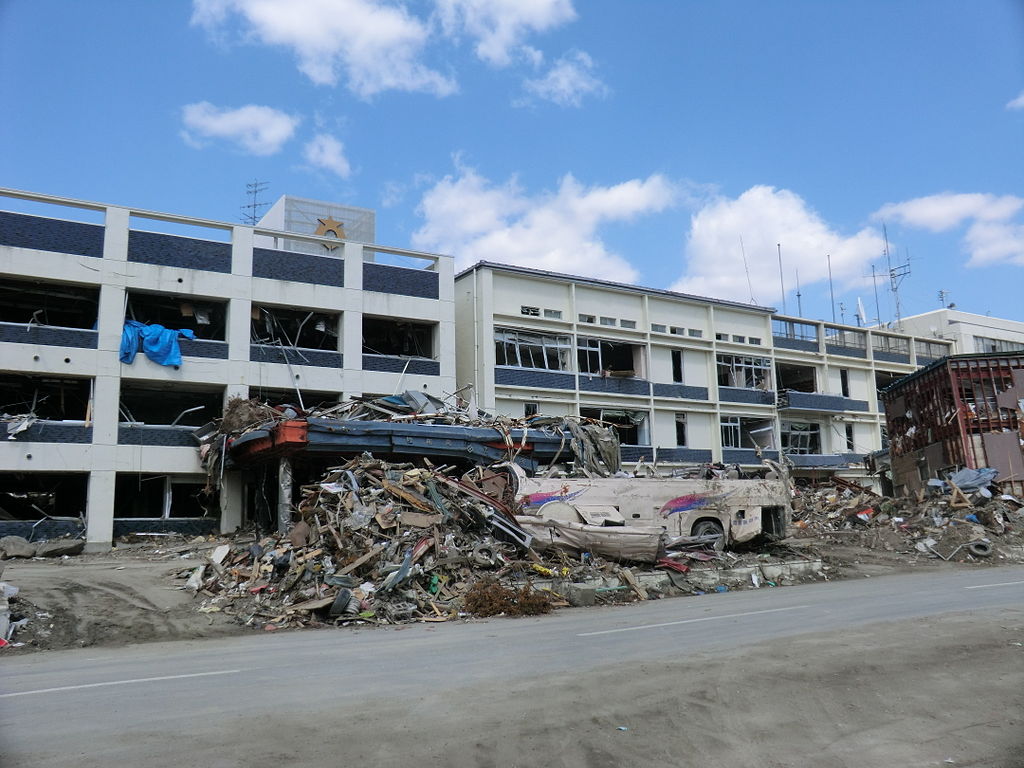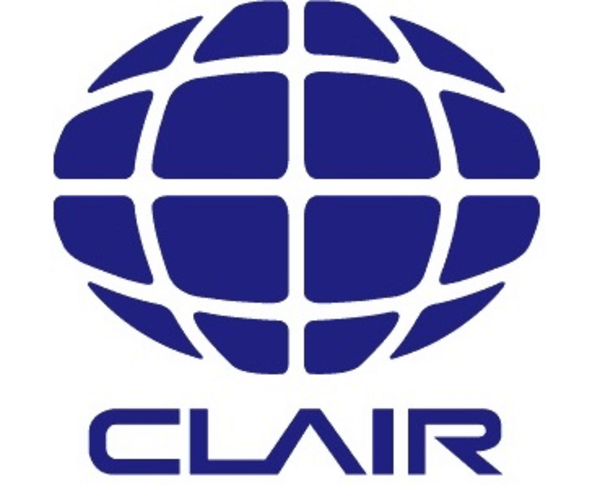In the event of a disaster, access to resources including people, things and information is limited. Although there are many tasks that need to be performed immediately after a disaster, the City has selected those that must be fulfilled as high-priority activities for all City employees across all departments and sections.
There were 1,374 tasks that needed to be handled during the Great Eastern Japan Earthquake. As for the task selection process, the City employed a bottom-up method:
1) City employees form the smallest groups required to perform their tasks and within these groups they select the most important tasks and consider when they need to be performed after the disaster.
2) the small groups gather to form larger middle-sized groups with their selected high-priority activities and go through the same process as they did previously.
3) the middle-sized groups bring their choice of actions into the group to share among all.
The reason the city chose the bottom-up method was because no matter how small the task may seem; it can be important to citizens and should not be left out. This activity raises City employees’ understanding and awareness of BCP by getting everyone involved in the creation process.
The city has also devised a plan where they divided the period of one month after the disaster into five phases, set an action objective for each phase and selected high priority activities based on it.
Phase 1 (In the first 30 minutes after an earthquake):
Establishment of actions to protect citizens’ lives and first response systems
Phase 2 (After the first 30 minutes until the end of the day):
Collection of damage information and emergency support measures
Phase 3 (Second day):
Enhancement of rescue operations and evacuee support
Phase 4 (From the third day to week 1):
Start 3 of emergency restoration activities and increasing support services for victims”
Phase 5 (From week 1 until the end of the first month):
Restoration of livelihood and government operations
As a result, the city selected 17 tasks for the first phase, 41 for the second, 27 for the third, 16 for fourth, and 15 for fifth, making 116 in total.
As natural disasters are unpredictable, the city has prepared an action sheet which lists the procedures for high-priority activities and relevant contacts, so that any City employee who comes into the office can perform the tasks even when a disaster occurs at night or on a holiday. In the event of a disaster, it is important for City employees to work as one team to respond to citizens’ needs.

